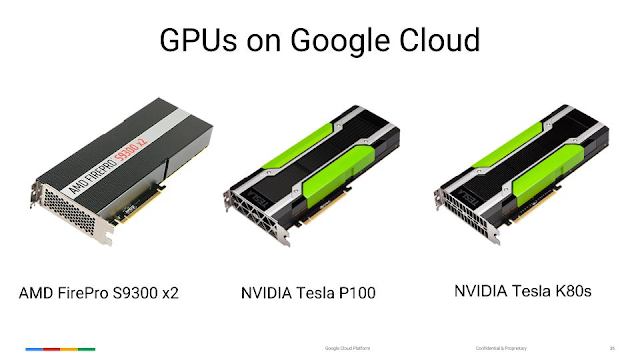Yes it is the latest comparison article where the changes happened, sorry if I did not make it clear.
My context regarding the AA is using SMAA with Async Compute and whether its status has changed to work now (assumption is it still does not).
You saying you can now use SMAA with Async Compute?
Cheers
SMAA does disable Async Compute on AMD cards (not intrinsic functions though) but it turns out SKYMTL used TSAA instead:
http://www.hardwarecanucks.com/foru...dated-review-comment-thread-3.html#post836088
I went through more of the article,
unfortunately it seems Michael took on way too much for one article and project.
If you look closely you can see some games are in both APIs such as Hitman (strong for 480) and yet for others such as Rise of the Tomb Raider it now only has DX12 results which removes one that is strong for the 1060 under DX11.
I would say the data is incomplete, not surprising because this is a massive undertaking and probably needs another revist to clarify aspects such as testing Doom Vulkan and validating if SMAA has async compute performance, along with the complete data for games that can do both DX11 and DX12, and also importantly have the game settings matching historically (Quantum Break really should have more realistic settings as it did in the past but at least one other game has what could be a subtle option change as well).
I like his work, but yeah this needs more time before any conclusion, although does not stop anyone looking at the individual results to get a feeling on what is happening per card.
Cheers
RotR shows better results in DX12 for both cards, so what's the point in including both DX11 and DX12?
In the end, I do think it doesn't make much sense to include both DX11 and DX12 charts. Each game should be tested with the API that better suits the hardware being tested and that's it.
As long as the IQ is the same, we should be looking at each card's best potential, period. At most, do a little wrap-up on the latest DX12 titles to try and predict future trends, but that's it.
It's an ever-increasing and huge possible library and it's impossible to test every single game in every single setting that every single person wants. I for one wonder if 1.5 year-old GTA V is still relevant. Witcher 3 has been updated with DLCs until recently, but GTA V hasn't.
Regardless, I think the plethora of games is a lot more complete than most reviews out there so his conclusion seems pretty valid to me. I'm counting 6 Gameworks titles and 4 Gaming Evolved titles, out of a total of 13 games. There's little reason to complain about diversity.
And just as one could complain about not including Tomb Raider's DX11 results, other could complain about not waiting a few days to include AMD's next big driver update ReLive promising substantial performance optimizations.
But then he'd be waiting another week for a relevant geforce driver update, and then it'd be Christmas break, and then maybe he should be working on Zen, and then Vega.
And then he'd be stuck like Anandtech who have been getting a habit of releasing very relevant articles on dates so late that make them a lot less relevant.
Not his fault, MultiGPU didn't make it into the Vulkan 1.0 specification.
mGPU seems to be waiting on updates to both DX12 and Vulkan. Updates that Sousa likely has access, but no control of release schedule.
Is there any predicted release date for Vulkan Next?









